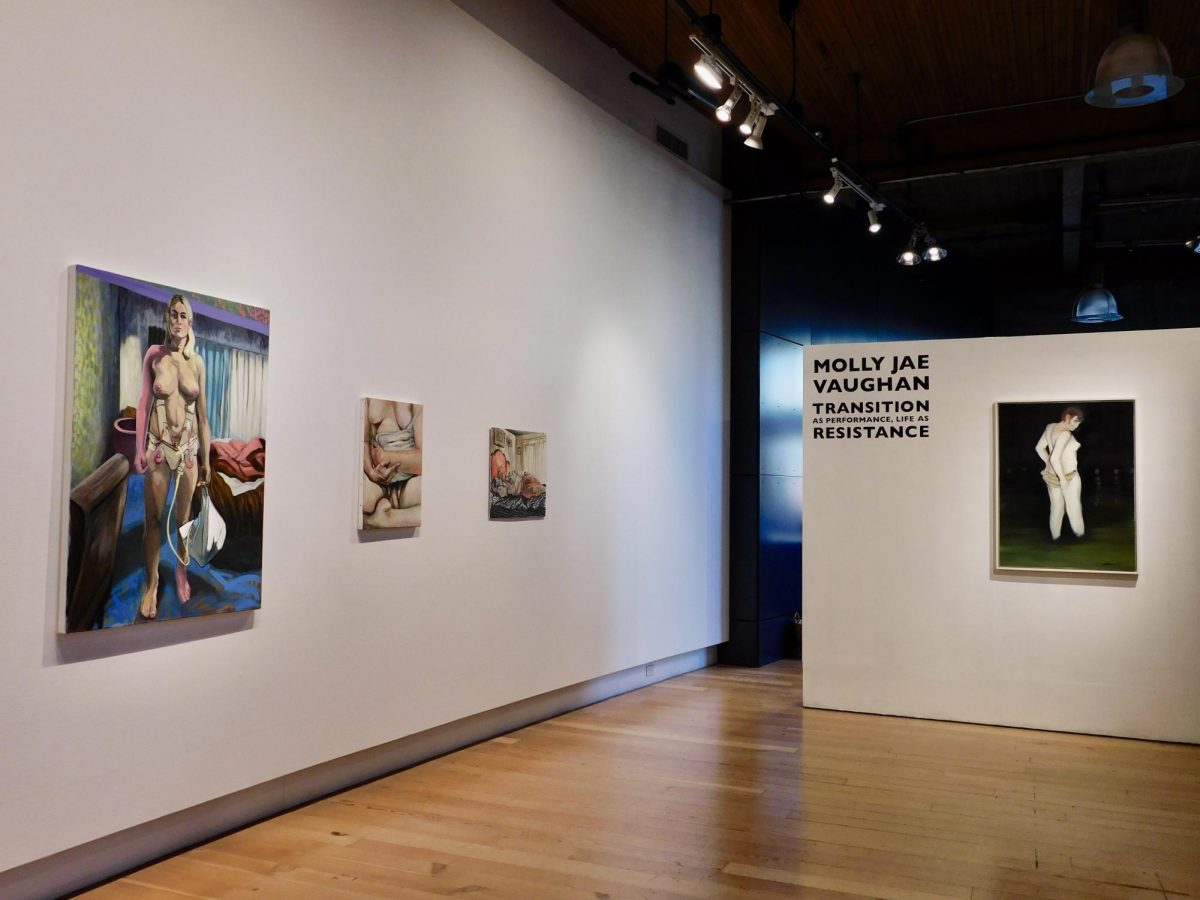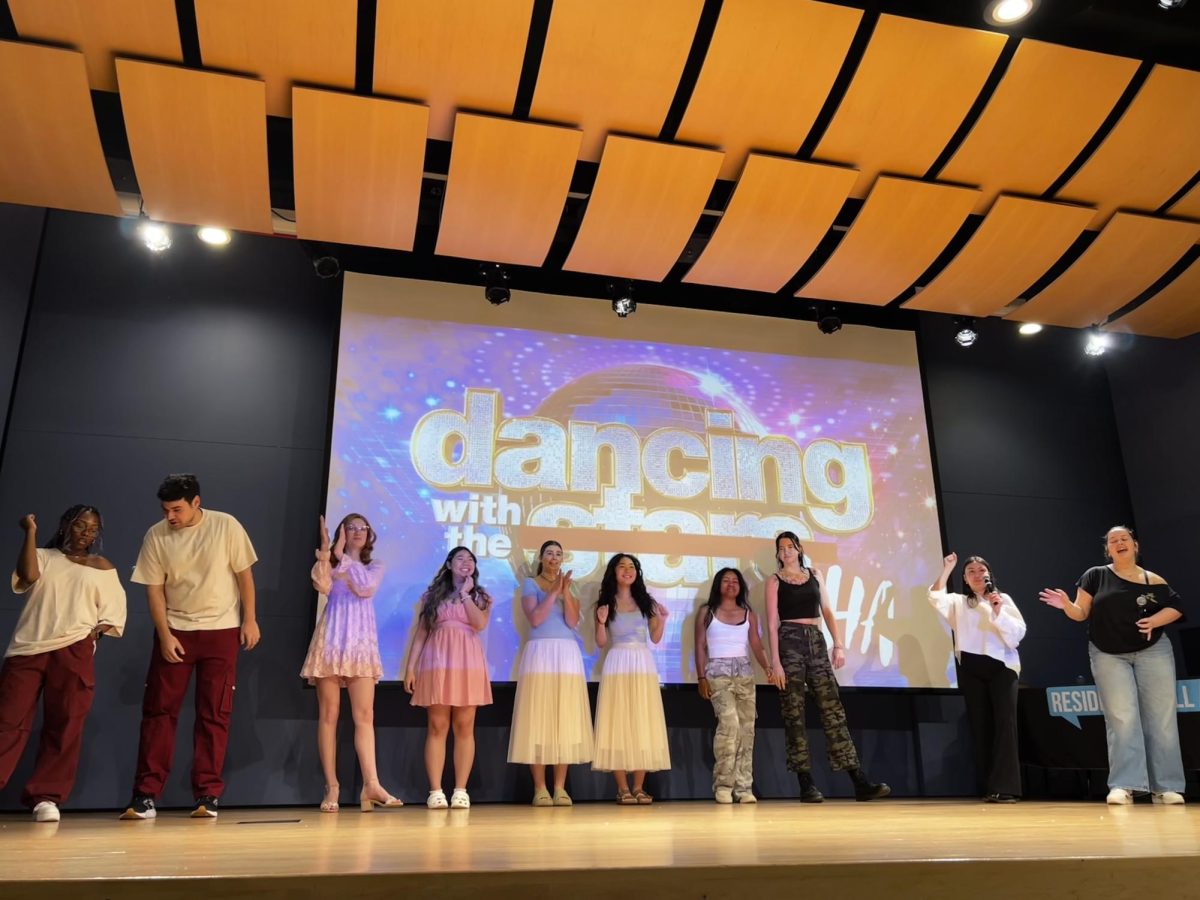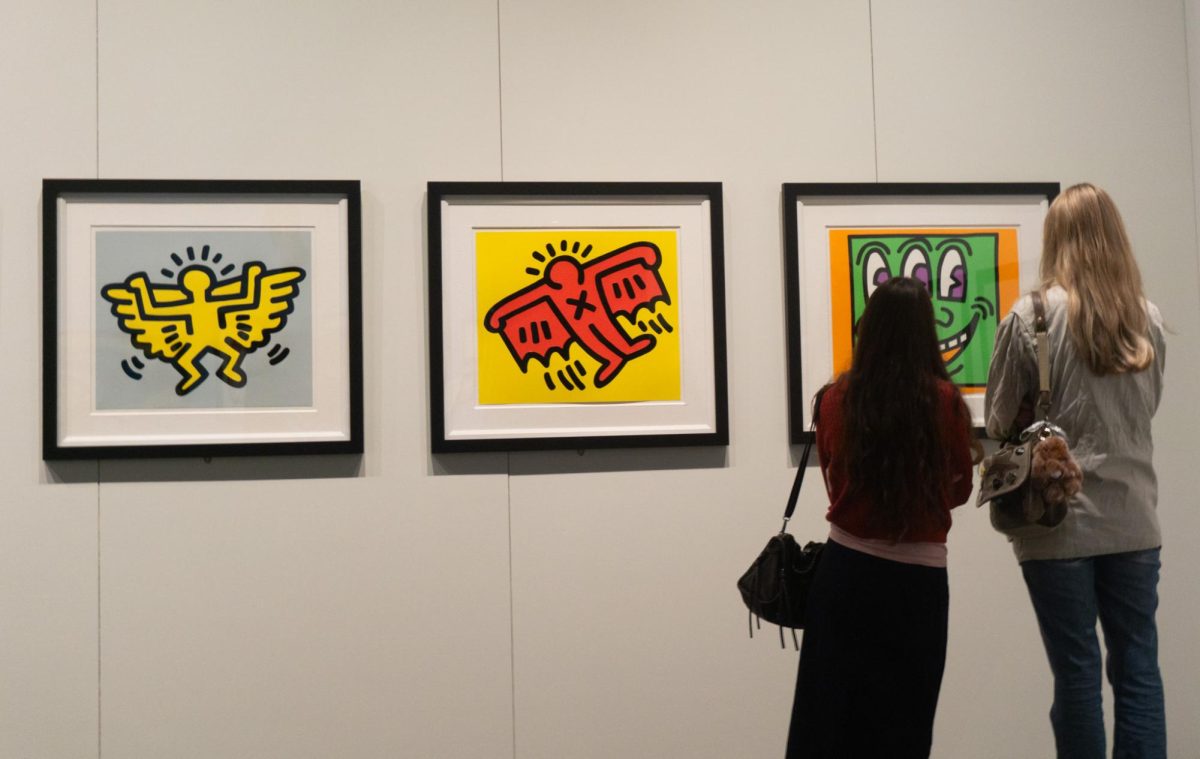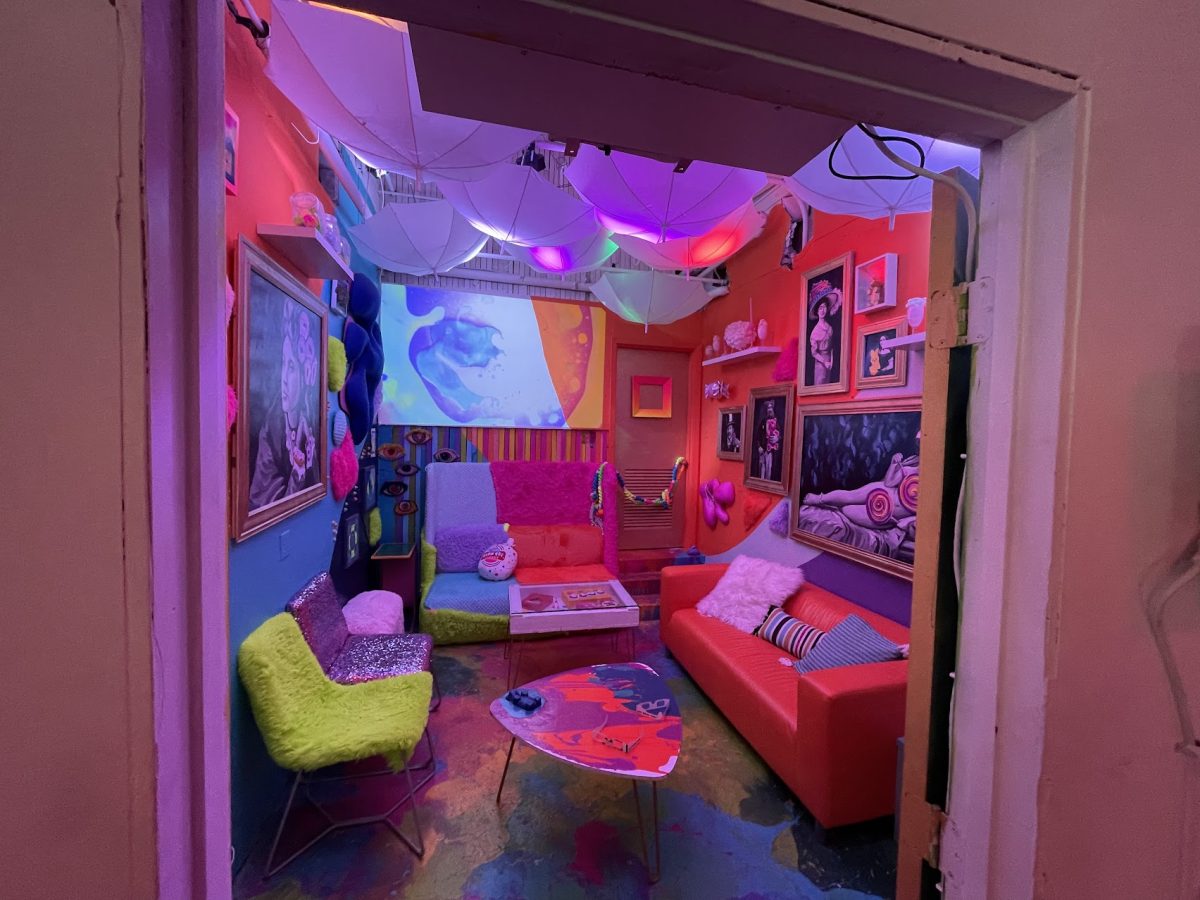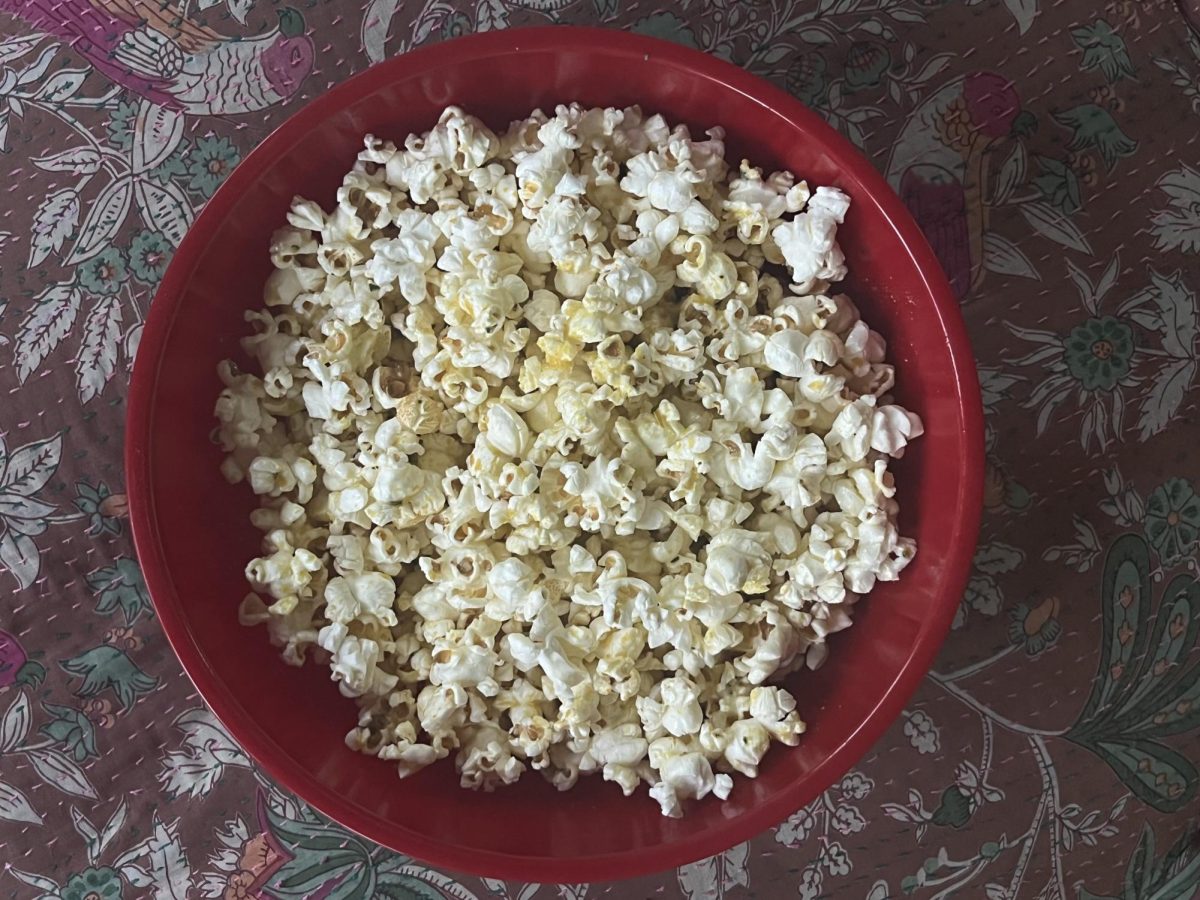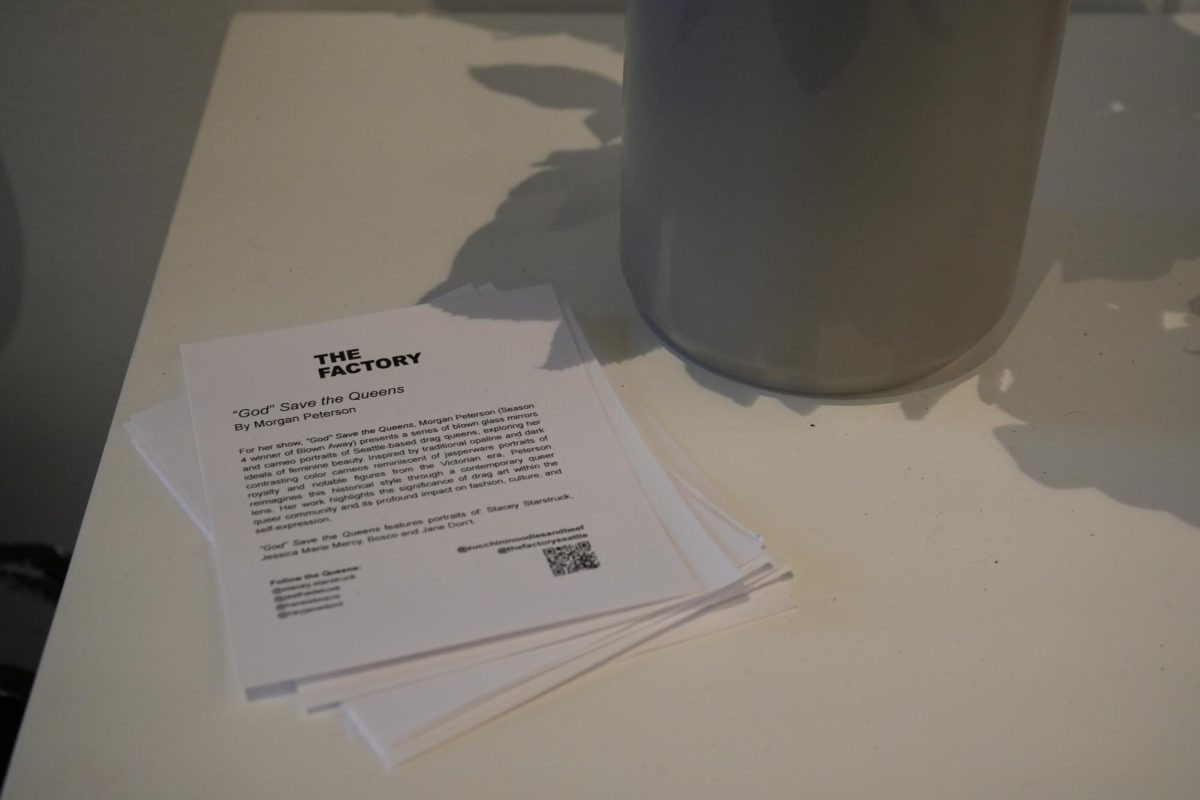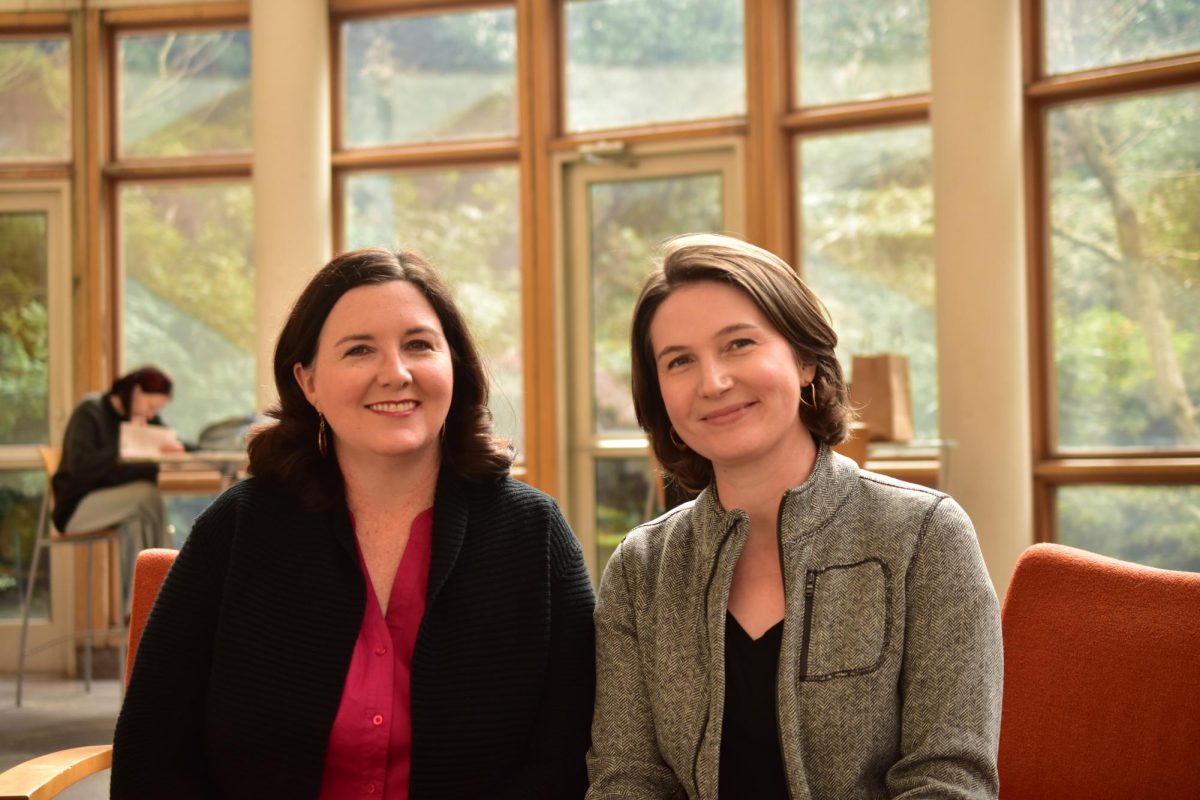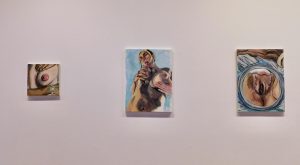
Content notice: This article contains discussion of violence and discrimination against transgender people.
A row of tall, colorful flags face outward onto 12th Ave. through the windows of Seattle University’s Hedreen Gallery. These flags, the text printed on one window explains, are the first piece of artist Molly Jae Vaughan’s exhibit “Transition as Performance, Life as Resistance.” Each flag honors the life of a transgender person who has been murdered in the United States since 2012.
Once inside the gallery, the natural light is dulled by the flags blocking the windows. The lack of visibility places the viewer in a sort of limbo, removing the distractions of the outside world and allowing for total focus on the art. Vaughan uses a wide variety of mediums including sculpture, photography, and painting to explore what it means to be transgender in a country becoming increasingly hostile towards the trans community.
The exhibit opened Jan. 15, only five days before President Donald Trump was inaugurated. Since taking office, Trump has signed a flood of executive orders directly targeting the transgender community. This aspect of the current political agenda in America makes Vaughan’s work more relevant than ever, as well as more controversial.
“We’ve all kind of been prepared for a negative reaction,” Gallery Attendant and Fourth-year Business Major Frankie Hampson said, gesturing to a slip of paper with Seattle U Public Safety’s emergency number taped to the front desk for easy access. “The artist prioritized our safety above the art. She said, ‘I don’t care if it gets destroyed, I can literally repaint it as long as you guys are safe.’”
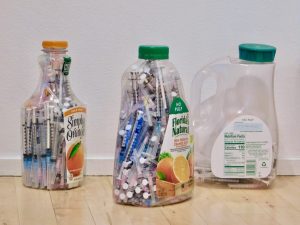
Much of the work shown in the gallery serves as a direct response to anti-transgender legislation that has been proposed for years. Projected on the back wall of the gallery is a video of Vaughan’s performance piece, “Atonement for Imaginary Sins.” In it, the artist stands in front of the Capitol Building and flogs herself repeatedly with a tool resembling the American flag. The sound of leather striking flesh echoes through the otherwise silent gallery.
“It was emotionally raw and absolutely devastating to see,” First-year Forensic Psychology Major Courtnie Wilson said. “The exhibit was beautiful and incredibly politically forward, which I thought was amazing.”
While many of Vaughan’s pieces address hate and violence, others express the joy and beauty that come with the process of transitioning. This duality captures the reality of trans existence as something complex and personal. One such piece is a series of polaroids that line the walls, capturing the intimate details of Vaughan’s medical transition. “The Brutality of Change: Photographic documentation of transexual technology,” catalogs, in graphic detail, each stage of the artist’s vaginoplasty and other gender affirming surgeries. Several pieces throughout the gallery depict Vaughan in the nude, showcasing the comfort in her body that transitioning has brought her.
“I really like the Polaroids. I think those are really impactful. I think the whole exhibit is [impactful], but seeing the actual progression of her transition is very powerful,” Hadley Plett, a gallery assistant and third-year photography major said.
While gallery assistants were prepared for the worst, the reactions they’ve seen from viewers have been primarily positive. This relief, though fragile, speaks to the community that Seattle U and the Hedreen Gallery seek to create.
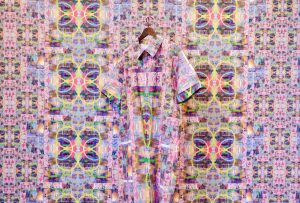
“The reaction hasn’t been anything bad, which has been fantastic,” Hampson said. “I’m sure with Art Walk coming up next Thursday, if I’m going to see anything, it’ll be then. But so far everybody that’s come has really loved it and not taken it in any negative way.”
The gallery is also representative of Seattle U’s dedication to supporting transgender students, shown not only through words but through actions. A recent example of this commitment can be seen in an email sent to Seattle U’s students and staff Jan. 28, in which President Eduardo Peñalver announced that ROTC scholarships given to transgender students would be honored despite a recent executive order barring them from serving in the military.
“People who have come in have been shocked, sort of, that Seattle U as a Jesuit university has put on a show like this,” Plett said. “But I think it shows how much we value queer culture within the school.”
Molly Jae Vaughan’s “Transition as Performance, Life as Resistance” can be viewed for free at Seattle U’s Hedreen Gallery until March 29.


